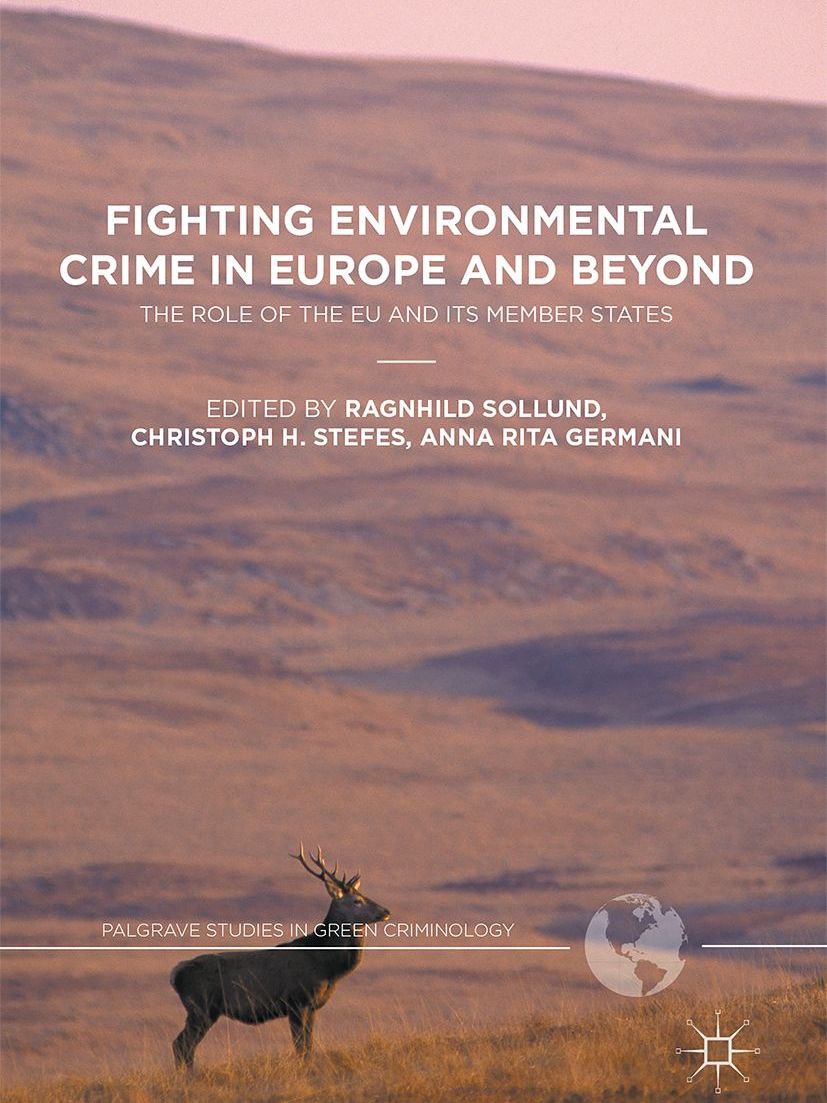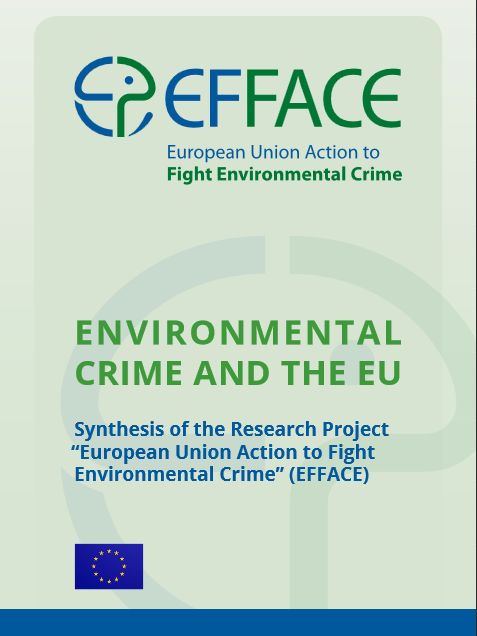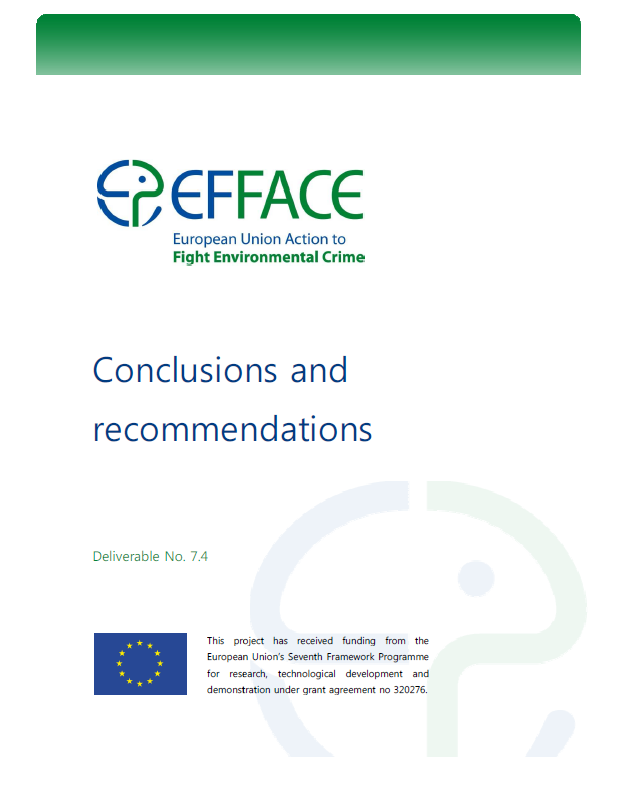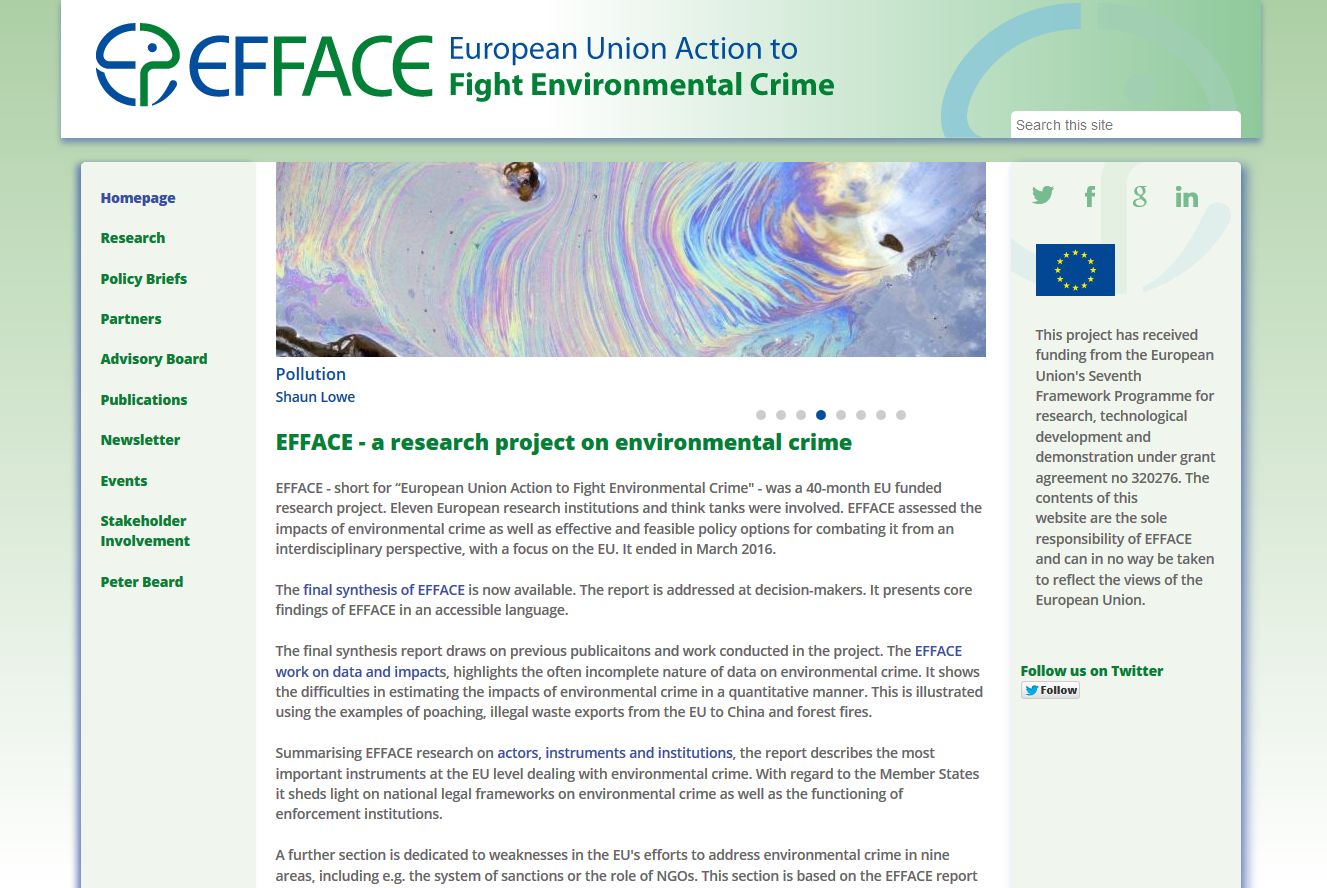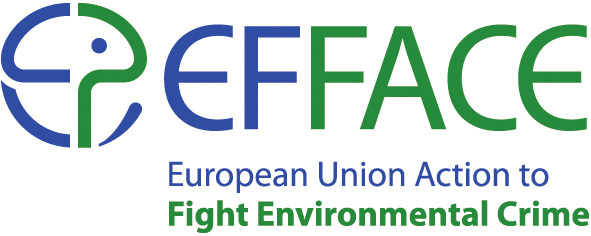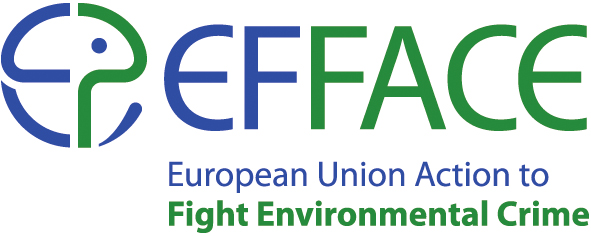Understanding the Damages of Environmental Crime
Review of the availability of data
- Publication
- Citation
Farmer, Andrew, Lucas Porsch, Anna Rita Germani, Niels Philipsen, Stephanie Newman, Emma Watkins, Filippo Reganati, et al. "Understanding the Damages of Environmental Crime". Report in the framework of the EFFACE research project. Berlin: Ecologic Institute, 2014.
Farmer, Andrew. "Qualitative and monetary analysis of the impacts of environmental crime: Overview". Study in the framework of the EFFACE research project. London: Institute for European Environmental Policy, 2015.
An important part of the work for the "European Union Action to Fight Environmental Crime" (EFFACE) project, coordinated by Ecologic Institute, is the analysis of the costs and impacts of environmental crime. The work includes the collection and analysis of data and information on the extent and the impacts of environmental crime and attempts to estimate the economic costs of the different types of environmental crime. The report "Understanding the Damages of Environmental Crime" is available for download.
Review of available data
The first report, Understanding the damages of environmental crime: Review of the availability of data [pdf, 1.1 MB, English], reviews the availability of data on the impacts of environmental crime. Data sources for different types of environmental crime were evaluated in relation to information on the social, economic and political impacts of environmental crime. The following types of of environmental crime were considered: soil, Waste (landfills and dumping), illegal waste shipment from Europe, pollution incidents, fisheries, CITES, protected areas, illegal trade in chemicals, fires and marine crimes. The report concludes that gathering accurate and substantial data is highly difficult and problematic for most of the areas covered. Ecologic Institute reviewed data sources on illegal wildlife trade.
The data sources reviewed are described in an annex [pdf, 3.2 MB, English] to the above report.
Quantifying impacts?
Subsequently, some types of environmental for which sufficient data existed were selected for an in-depth analysis, with the aim of quantifying their impacts:
- Arson events
- Illegal killing of rhino and elephant
- Marine pollution
- Illegal waste shipments from the EU to China
- Illegal trade in Horsfieldii tortoise
The results are summarised in the report "Qualitative and monetary analysis of the impacts of environmental crime: Overview [pdf, 8.2 MB, English]. The research identified examples of information that can be used to understand impacts of environmental crime. Most useful are good, coherent databases with information about the scale of illegal events, and the linking of good data from different sources. For example, existing data on illegal elephant and rhino poaching and on population changes, enables conclusions to be drawn on how the criminal activity is affecting populations in the wild.
Data from different types of sources can help paint a picture of different types of impacts. The economic analysis conducted in EFFACE does not provide a total value for the impact of the type of environmental crime covered, but economic values for specific impacts. Ecologic Institute conducted the analysis on illegal wildlife trade in rhino, elephant and Horsfieldii tortoise.
